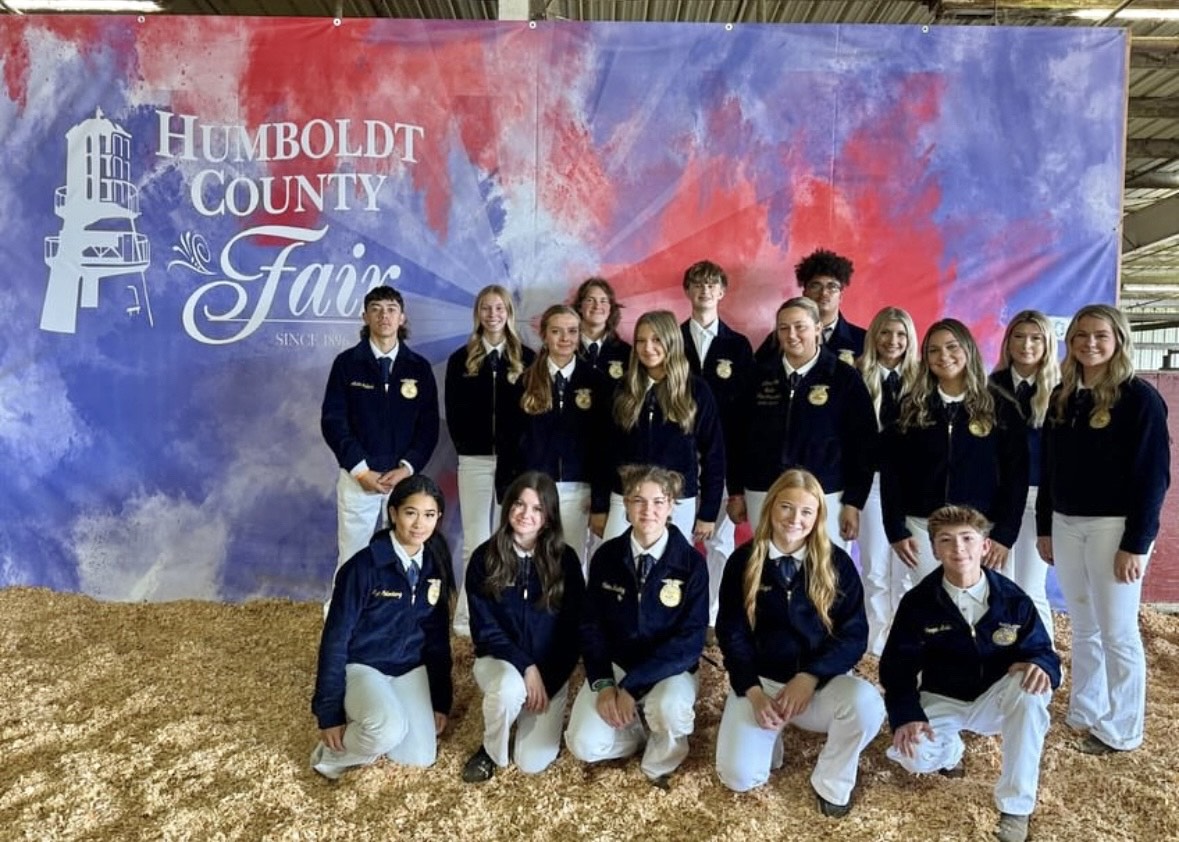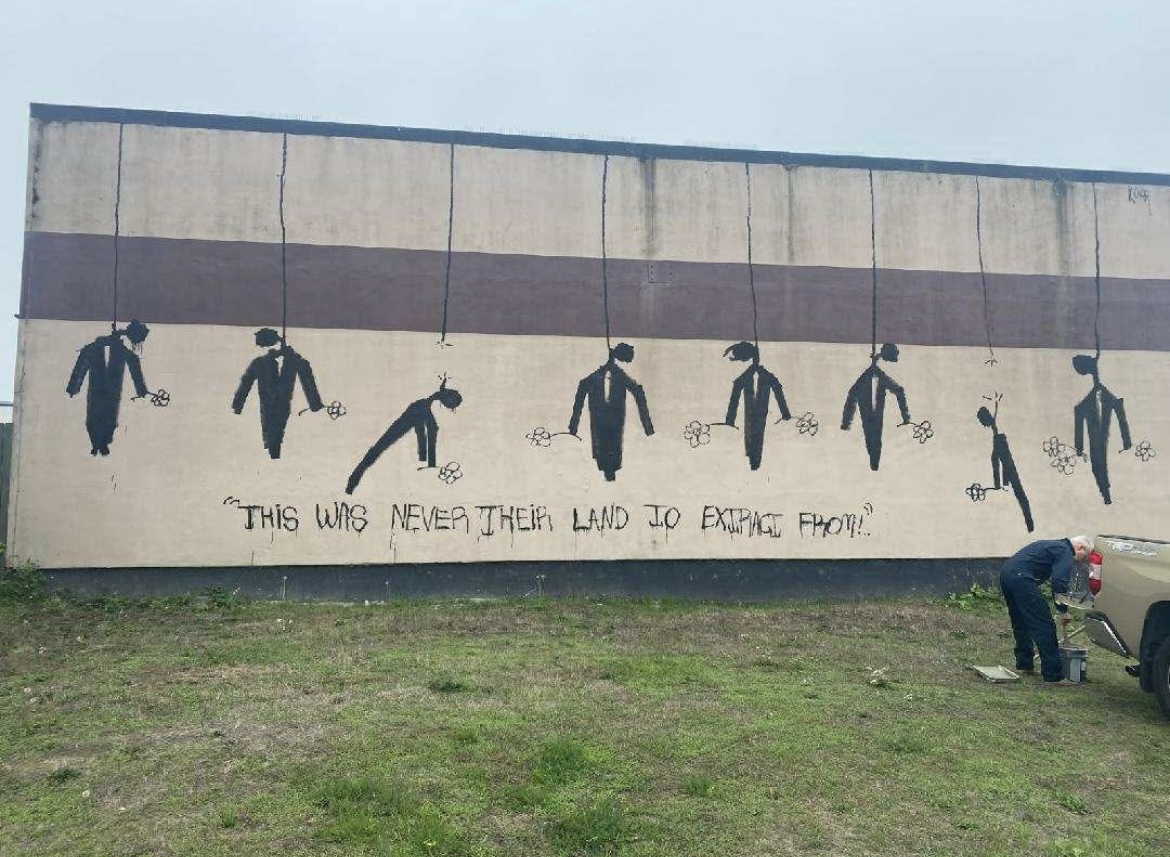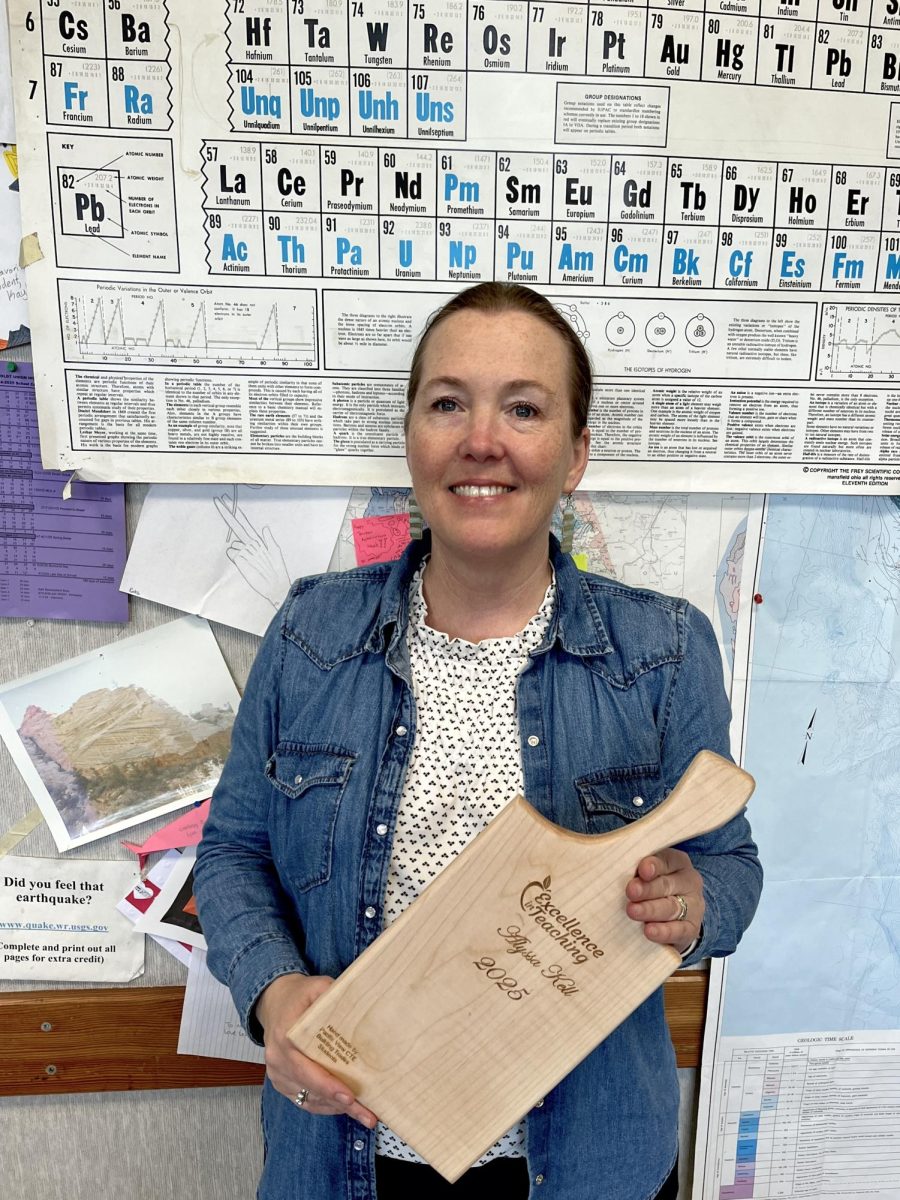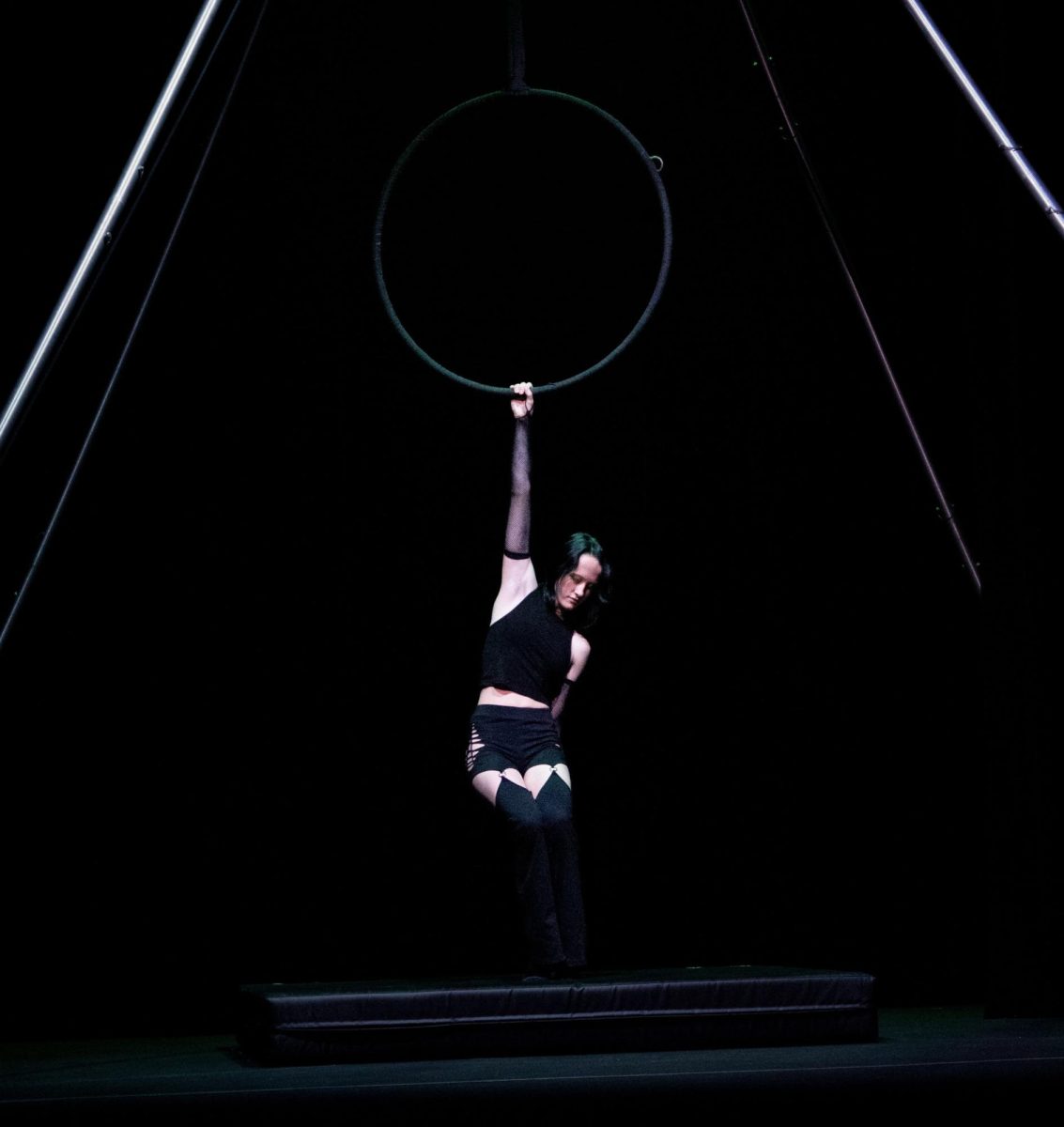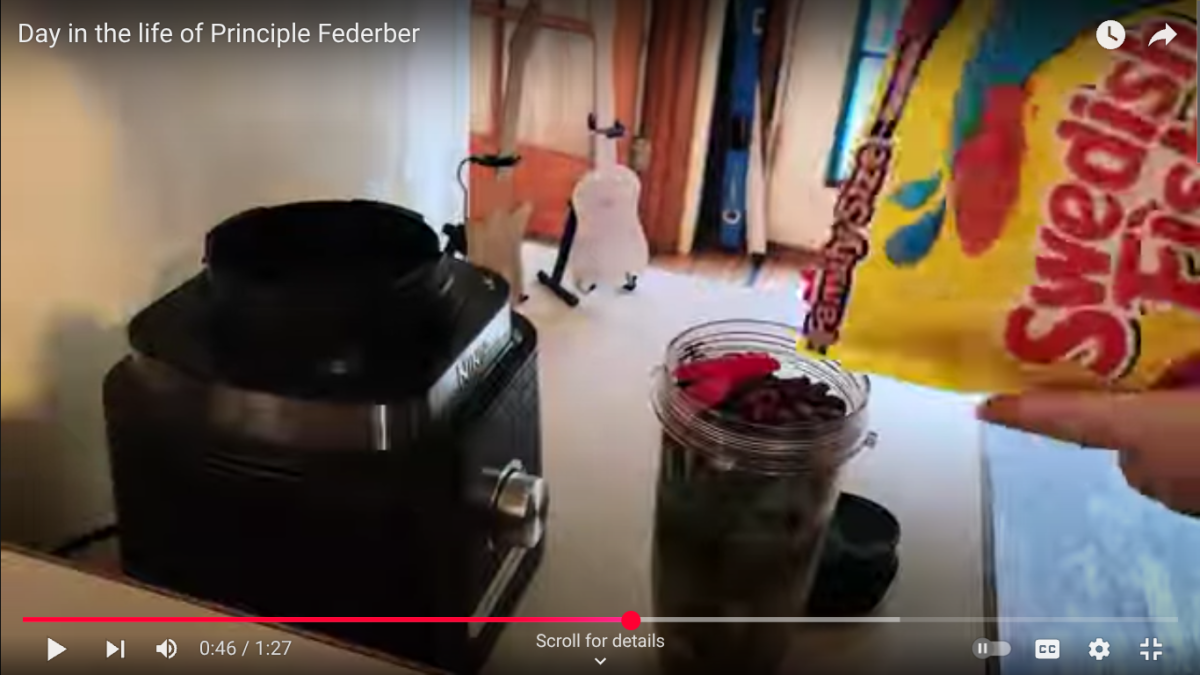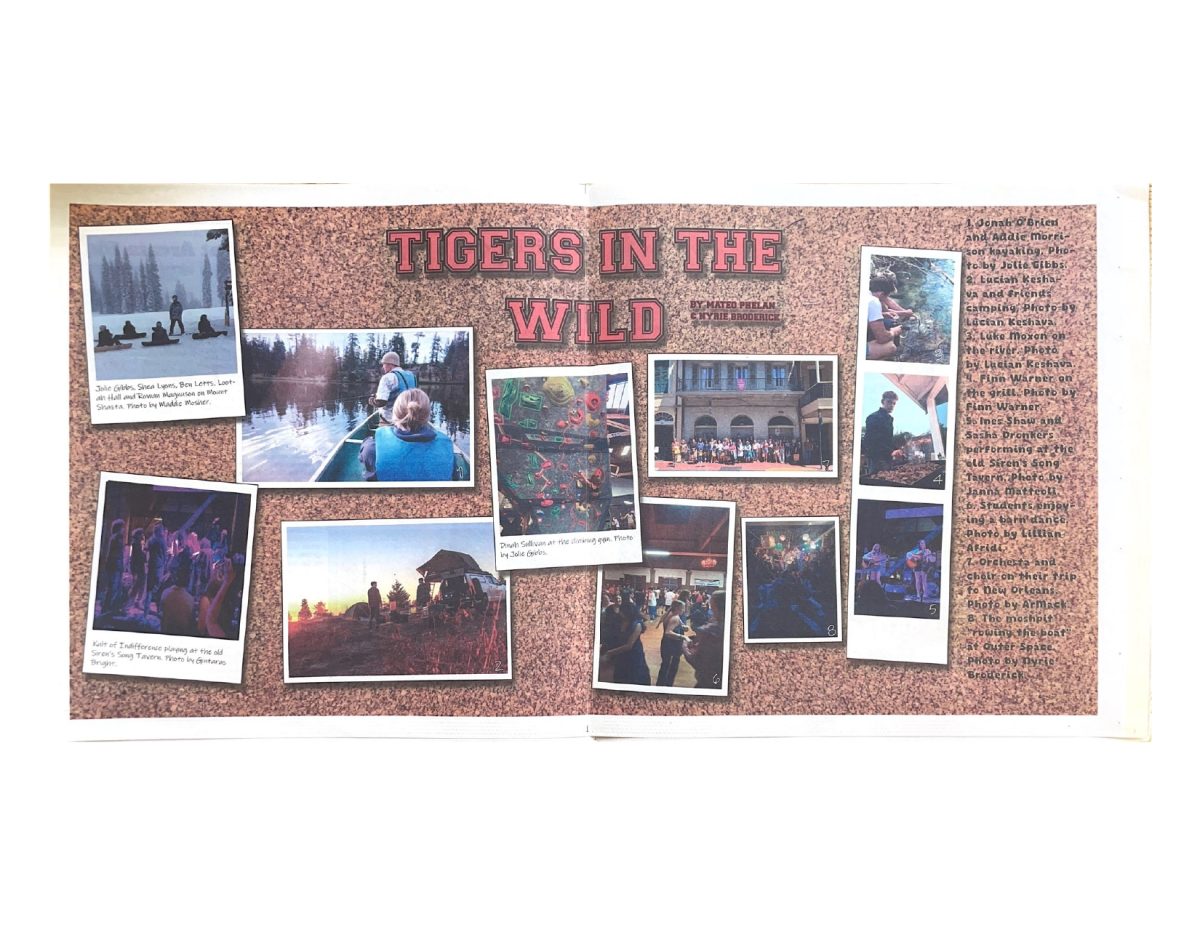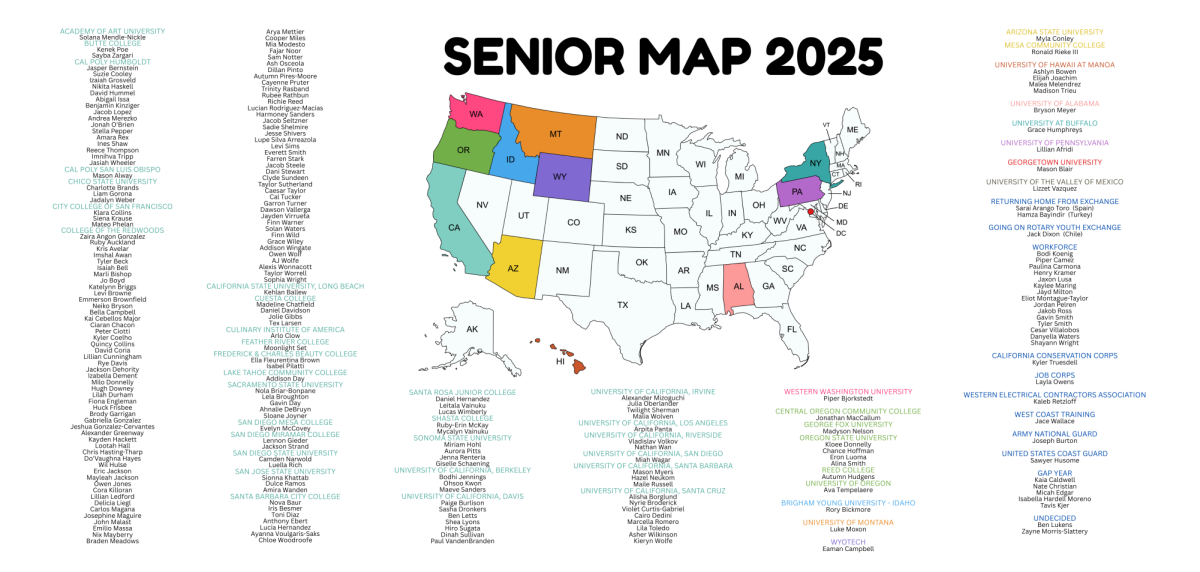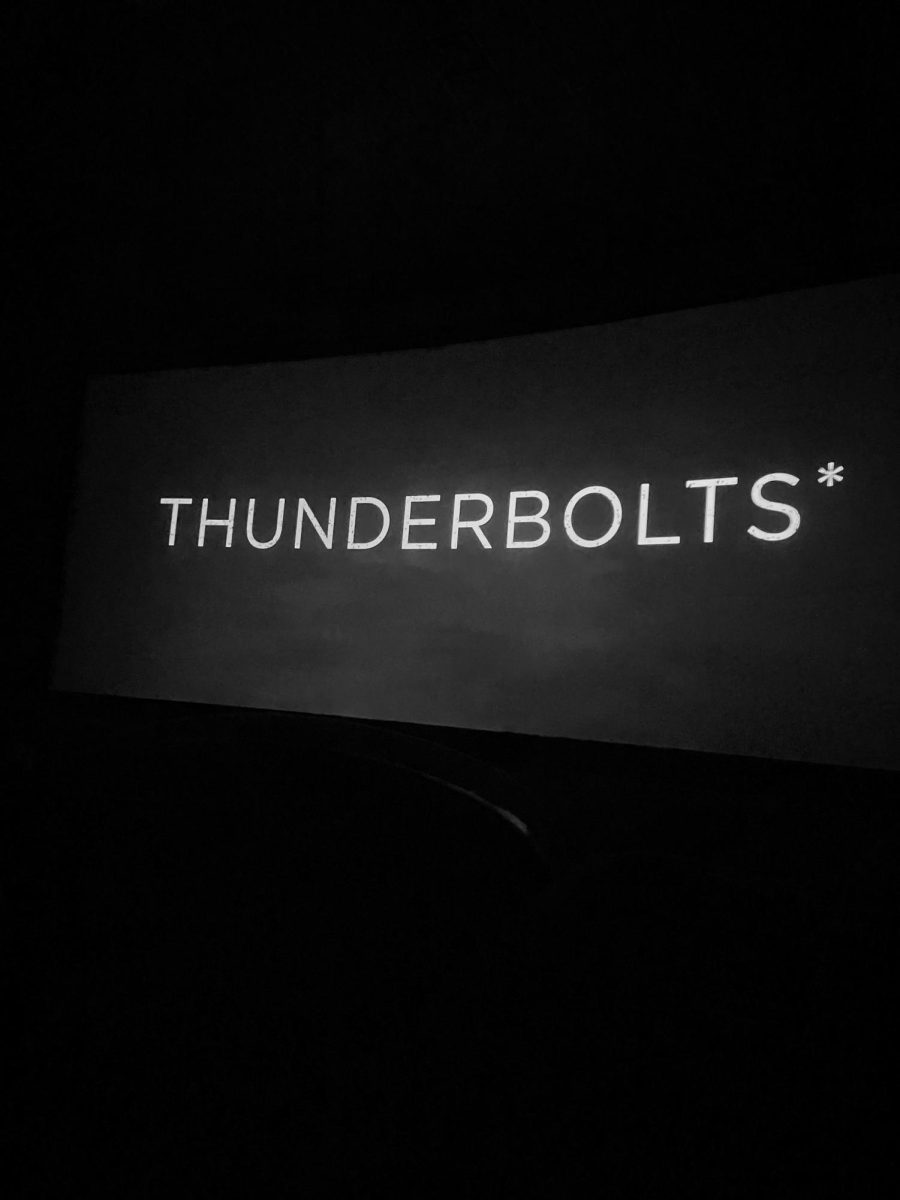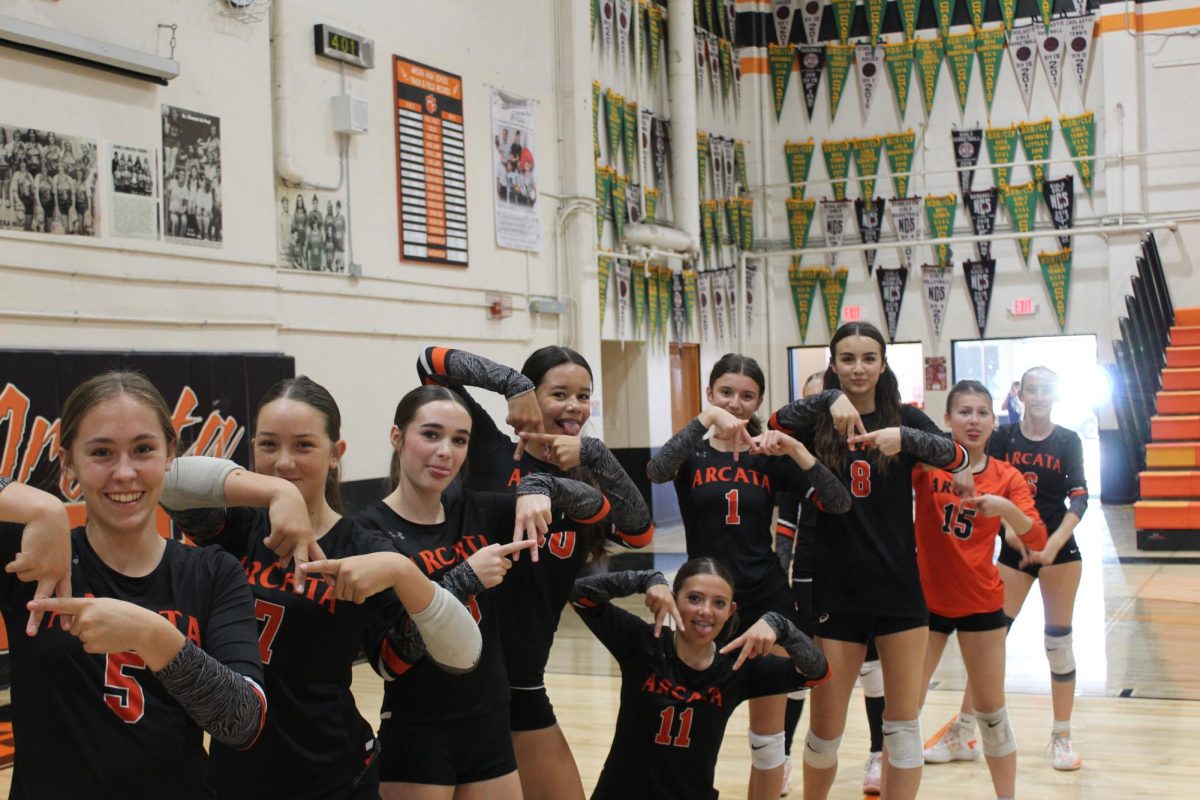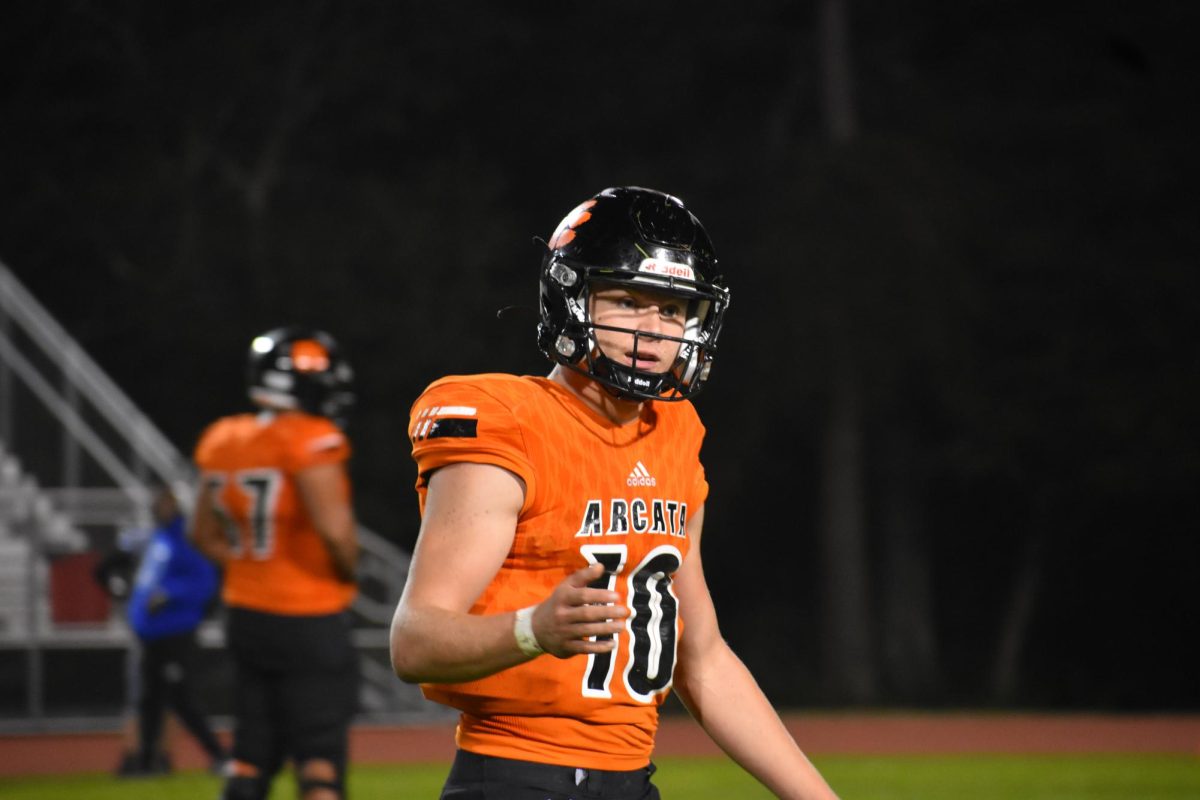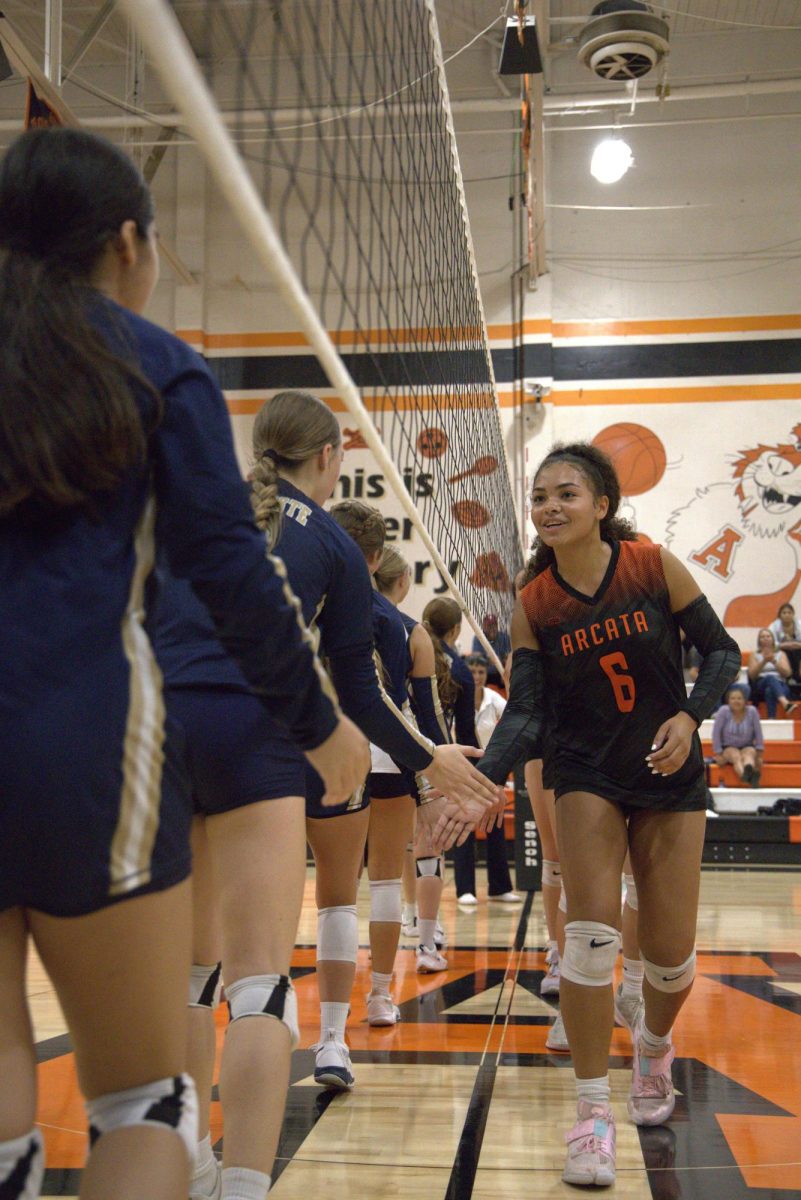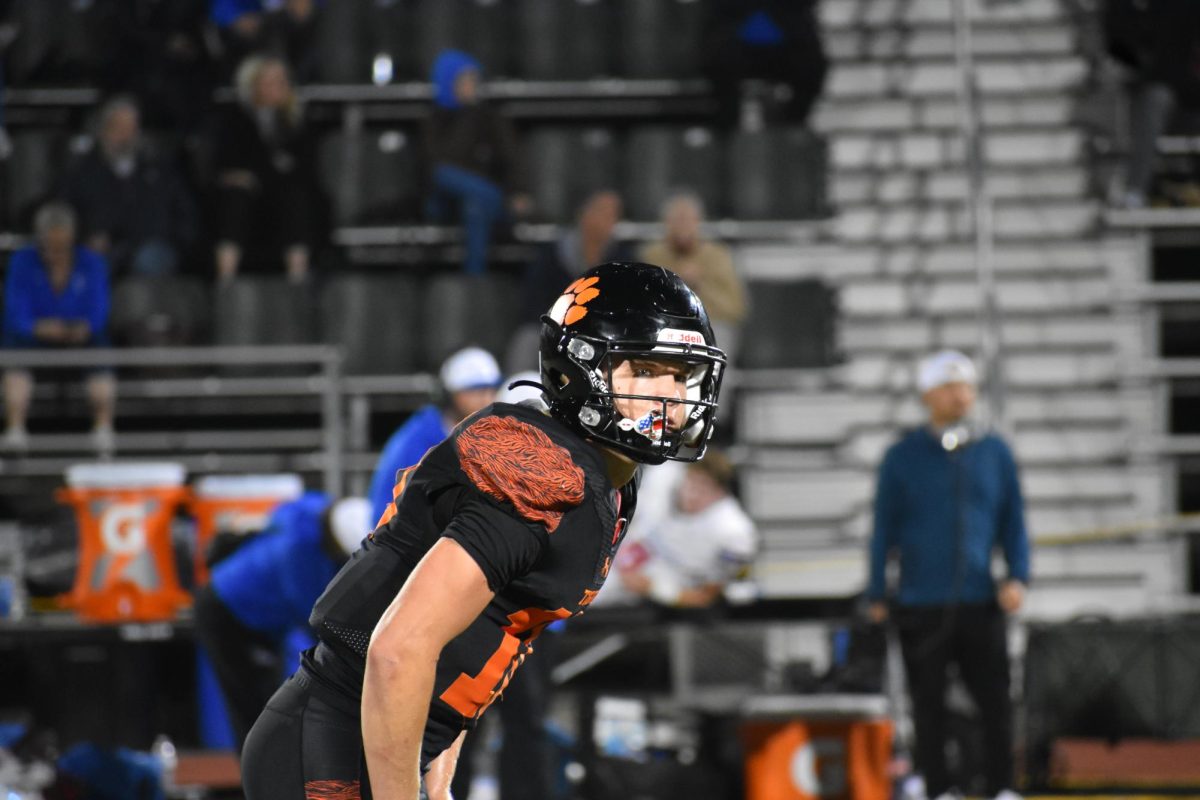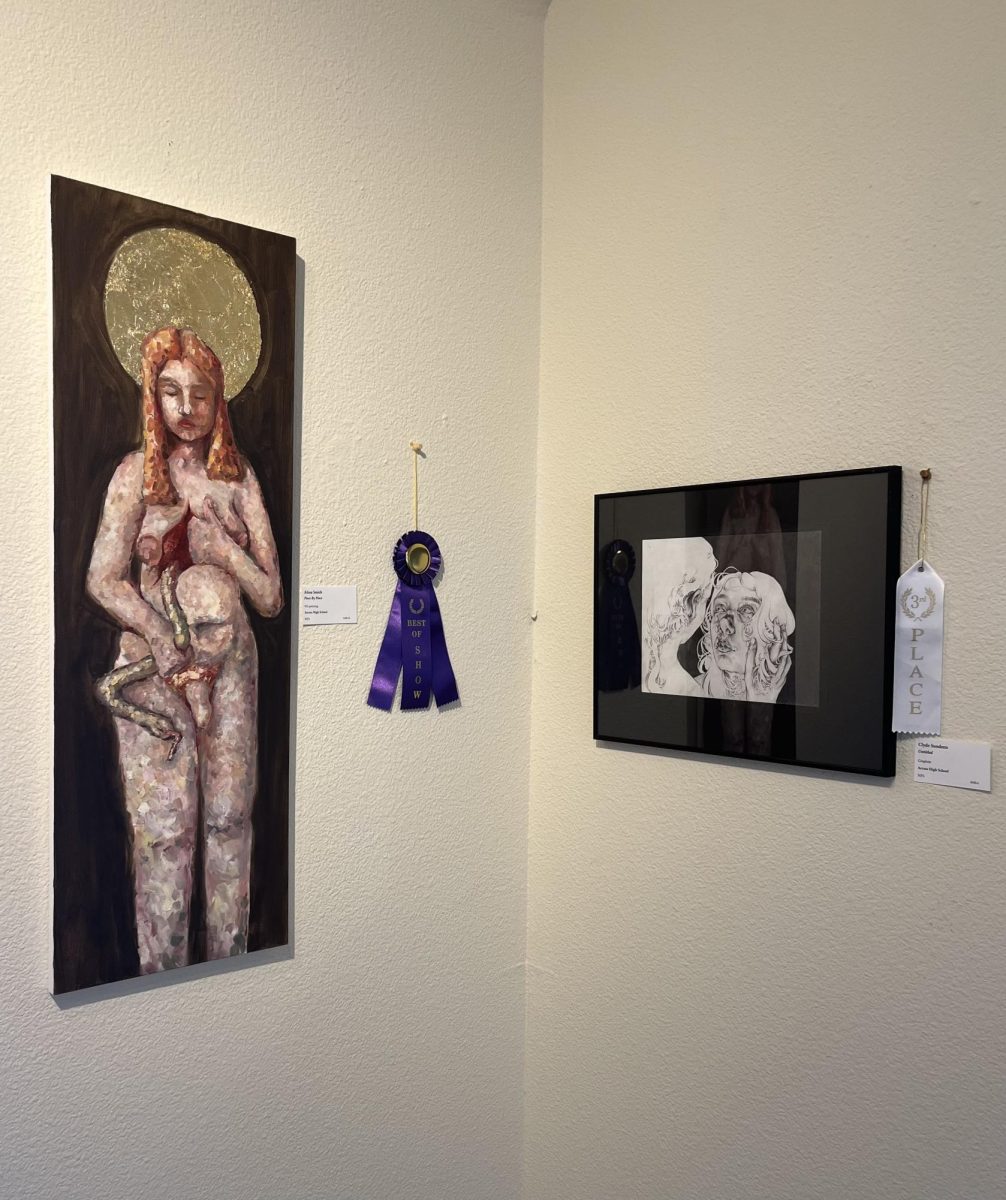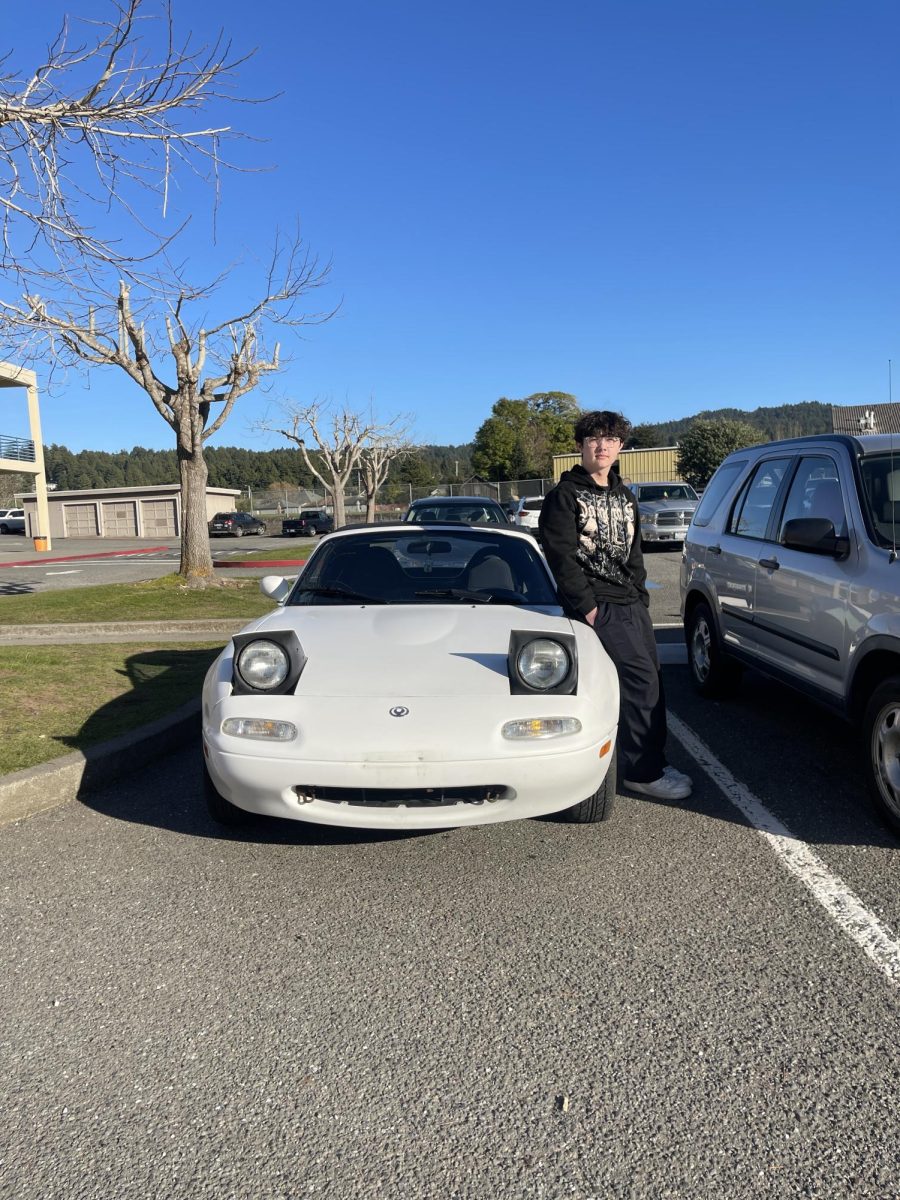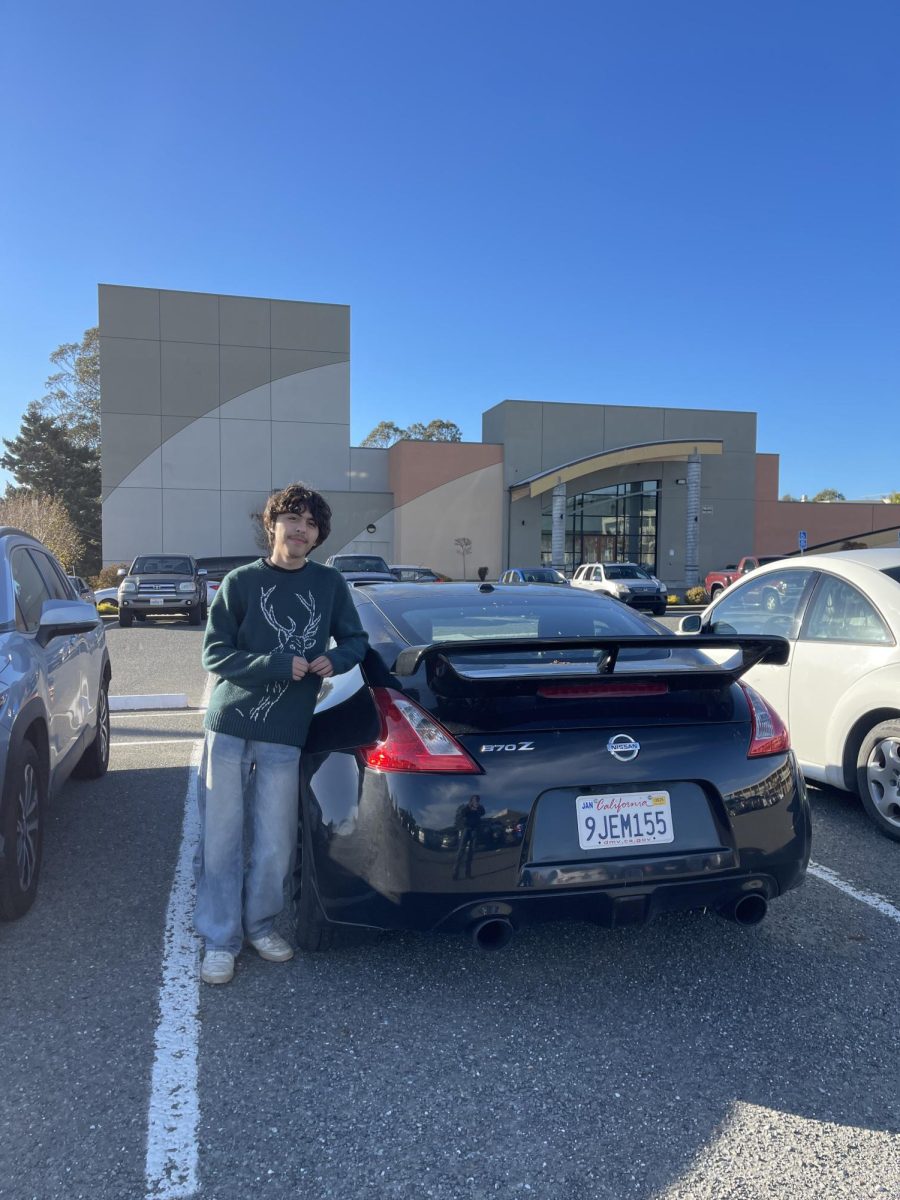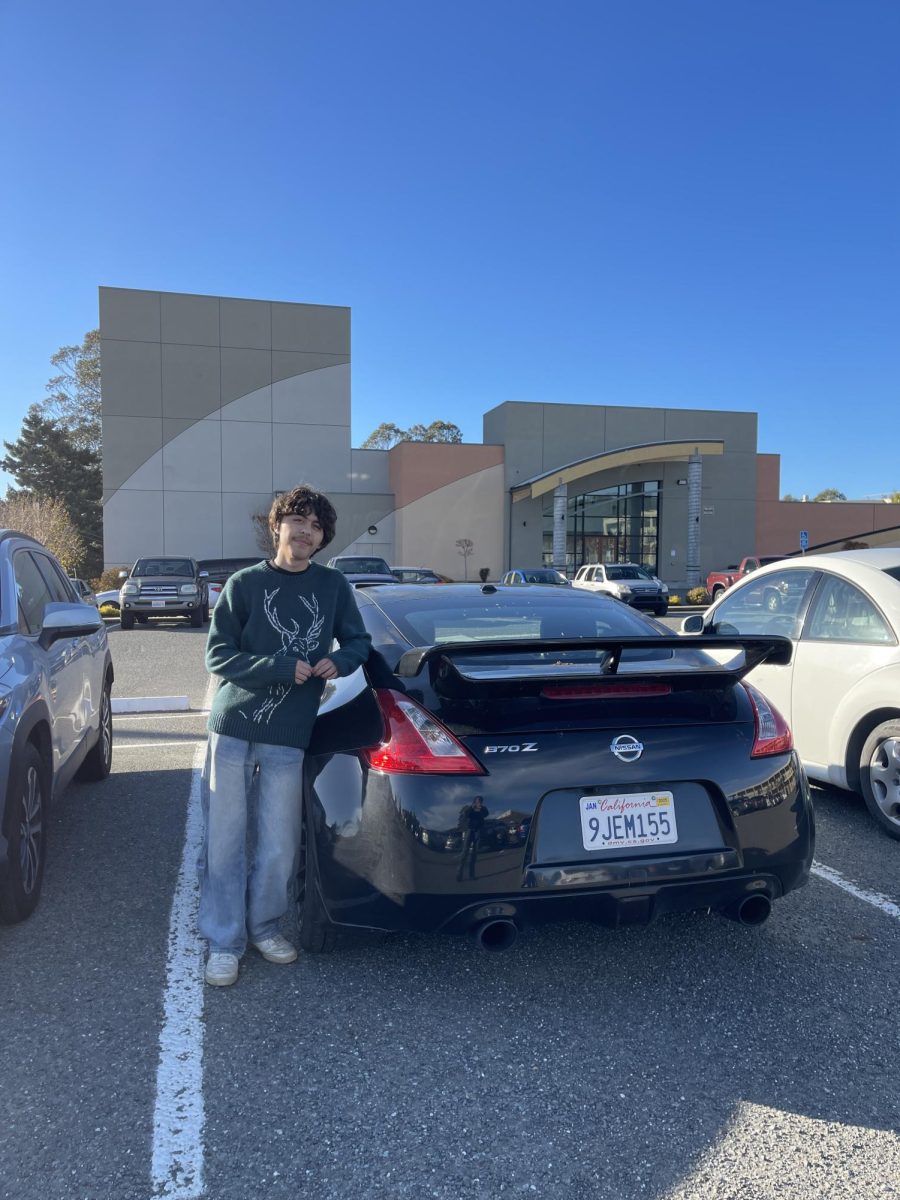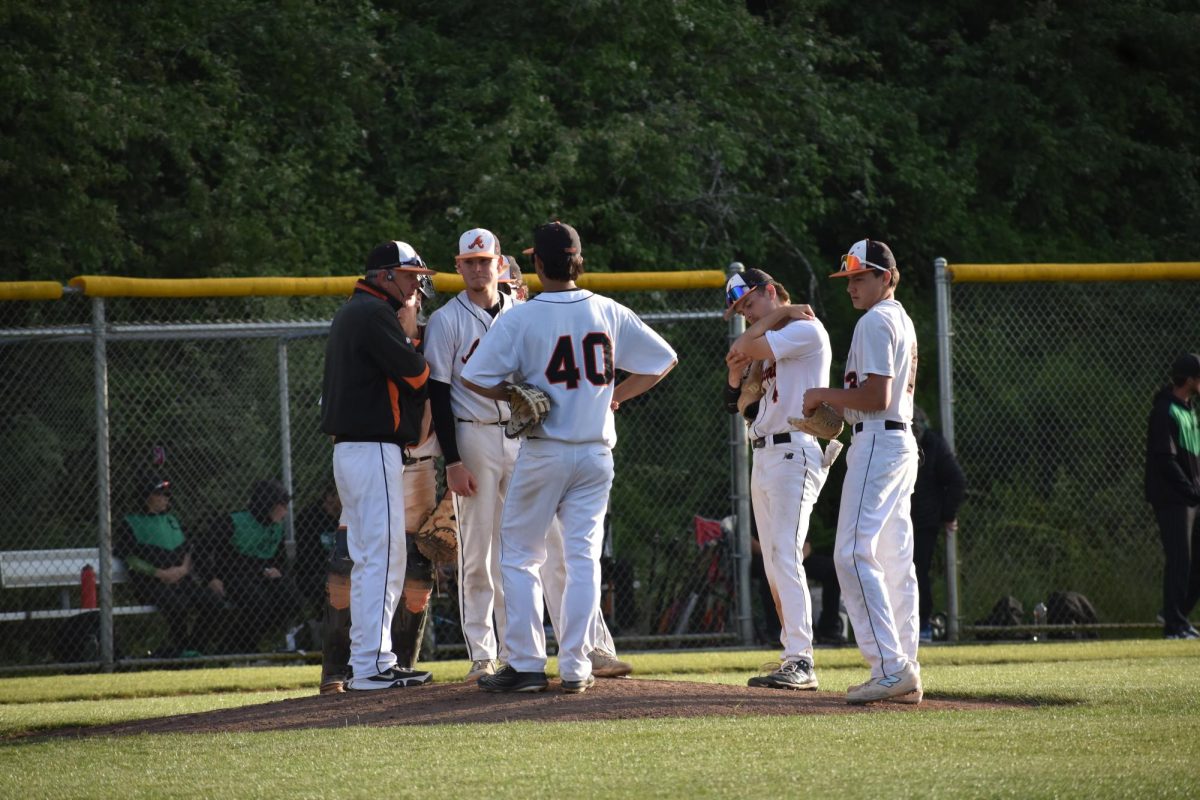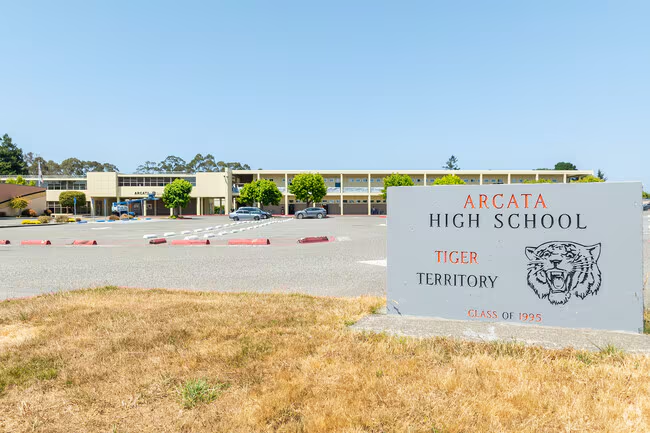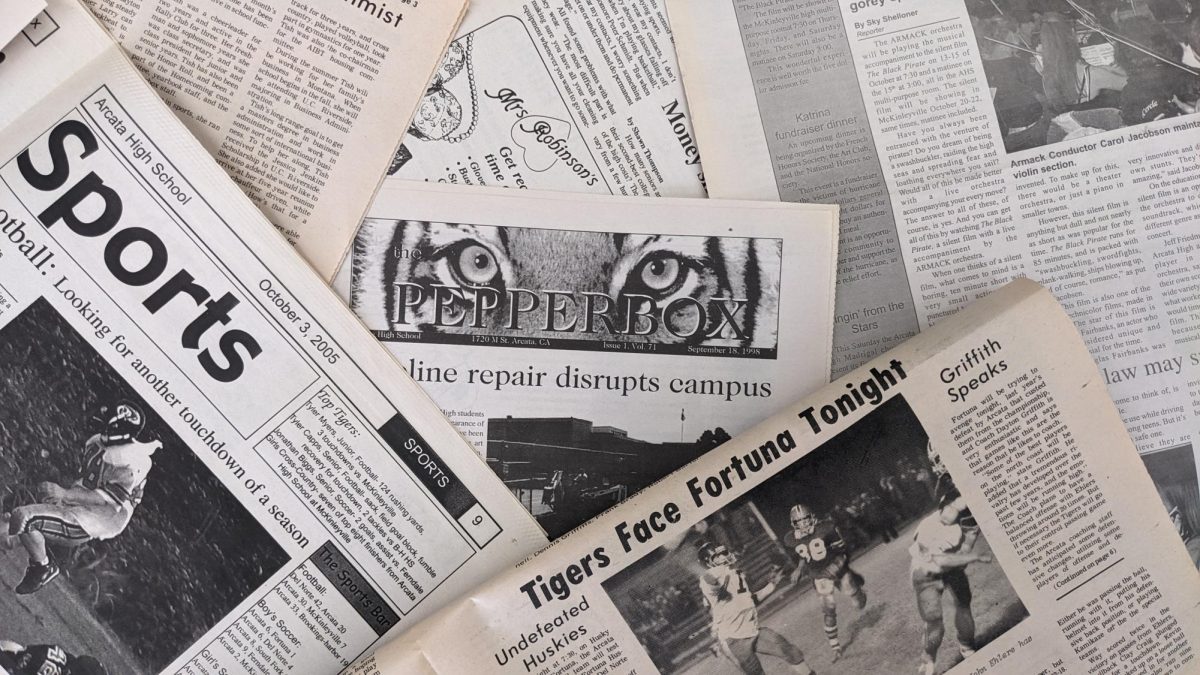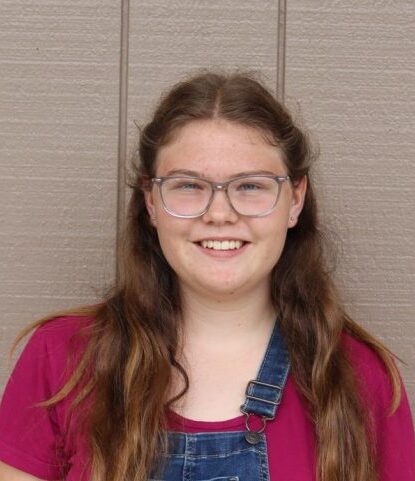Since 1927, The Pepperbox has kept the students of Arcata High informed, entertained, and educated. In an era before cell phones, Arcata High stayed up to date with its student-run newspaper. As the news landscape changed, The Pepperbox became more than just a newspaper; it expanded to include online platforms.
In recent years, The Pepperbox has undergone many phases of modernization. When it started in 1927, it was a student-run newspaper where students could write about the latest news, issues, events, and campus life. Now, the Pepperbox has become a multimedia platform with both print and online features, including social media platforms.
The process of creating the actual paper has changed dramatically from its early days. Early publications used typewriters, paper layouts, scissors, and glue in production. Now, the paper is completed entirely on computers.
In 1993, when Shawn Thompson was a student journalist for The Pepperbox, computers were just starting to appear. She said the process started entirely on paper —news gathering, outlines, writing drafts— up until the finished articles. She explained that her family had one shared computer where she would type up and edit her articles.
Once the students edited the articles, they printed them and cut them down to size to fit onto a mockup of the newspaper. They used wax and glue to attach the articles to the layout sheet, to make sure the corners lined up. Sometimes, they had to cut the bottom off articles to make them fit!
Layout slowly evolved to include online features. In the early 2000s, The Pepperbox acquired 10 early Mac computers using the program PageMaker for layout. Eventually, InDesign became the go-to program.
Another big change has been in the world of photography. Joan Williams, the advisor from 1990 to 2008, mentioned that when students took photos to accompany the articles, they had to borrow cameras from the yearbook class, and then develop them in a dark room. Photos developed in black and white, and fit the sizing just right for the given spot.
In the early 2000s, the journalism class acquired the first digital Kodak camera. The dark room was no longer needed. Using floppy disks, photos were uploaded to the computers and edited with Microsoft Photoshop to newspaper standards. Now, photos are taken using phones or cameras and are uploaded to Google Drive.
From 1968 to 1979, the journalism students were in charge of a radio station. Unfortunately, the radio station was shut down due to cost when the advisor took a leave of absence. The modernized version of that is the Rise & Shine broadcast.
The broadcast started in 2023 along with a boost of the current website, largely because the news landscape has changed. The website allows for more articles and a broader range of topics, which captures the attention of a wider audience. The 800 words that can fit on a page of the physical newspaper no longer limit what students can write about. Following the addition of the website, The Pepperbox’s social media grew, too.
Even though The Pepperbox has changed over the years, similar topics stay relevant and important to student journalists. Students have always had interests in student health, rights, sports, and community events. Parts of the paper, like the Tiger Chariot, In the Box, and Quotables, are traditions that now remain consistent from year to year.
Free student expression has always been a key to a thriving Pepperbox. While there is some censorship from staff, the biggest censorship comes from the students themselves. Danielle Witten, the previous Pepperbox advisor (intermittently 2008-2024), said that in addition to guiding students and giving them a toolbox to work with, her main job was to help the journalists find their voices on issues important to them and combat censorship of their own articles.
“I think that there is an aspect of guarding that incredible right and privilege of student voice and free speech on campus, and I think the advisor is always a guardian of that,” Witten stated.
Students have always completely run the newspaper, and it has been an outlet for student expression that has never changed. Williams and Witten stated that they helped manage the paper, but the students have the decision power and are the ones who ran it. Sometimes, students face consequences for unintentionally writing something wrong or harmful, but they always learn from those experiences.
“I believe when students are working on the paper, they are learning about free speech and if I was to censor them or someone else was to censor them, they’d go out into the world thinking that the government has the capacity to censor what they write about and that is devastating and could have a devastating impact to democracy as well,” Witten said.
While being on The Pepperbox staff takes a lot of courage and can be challenging, it has benefits, too. “I’ve definitely noticed myself become more confident in leadership roles because as an editor, which I’ve been since my freshman year, … you have to be confident, you have to tell people what’s going on, because if someone comes to you for help and you don’t know what to do, you have to wait around which is never effective in a newsroom,” junior and managing editor Ilana Mclay said.
“We laughed and cried together, you know. We had to when putting the darn thing together. So I think that was one of the greatest gifts of journalism, the lifelong friendships. And honestly, as I worked with it, I wished I had been more involved with journalism from the beginning because I really loved it,” Williams explained.
